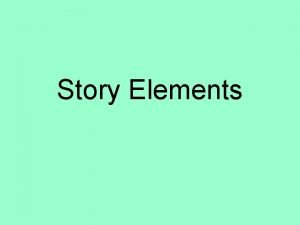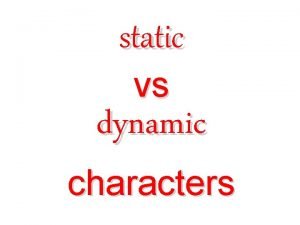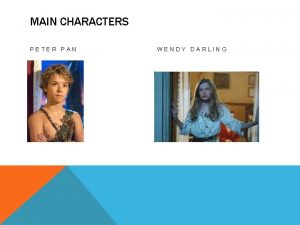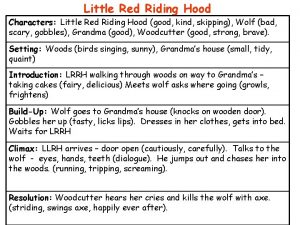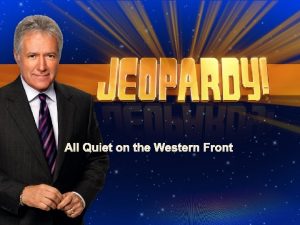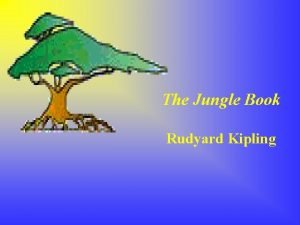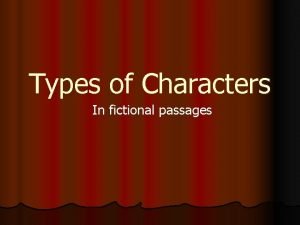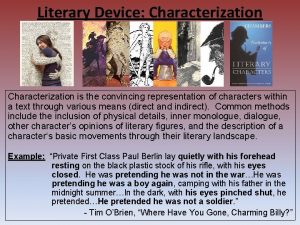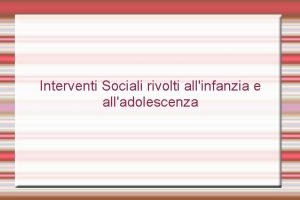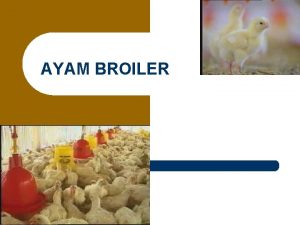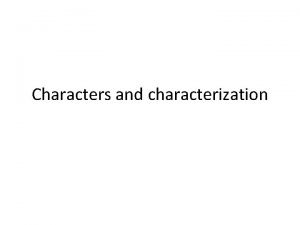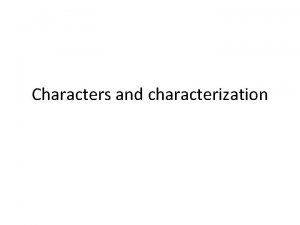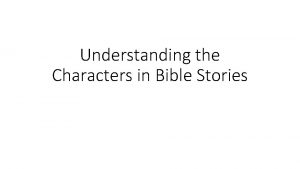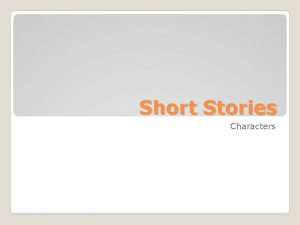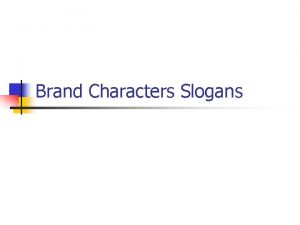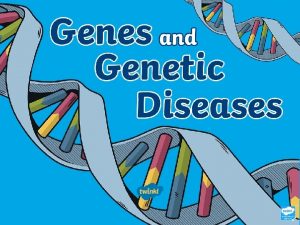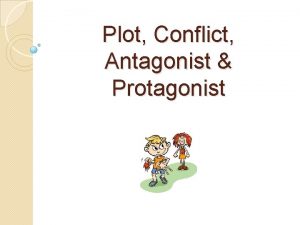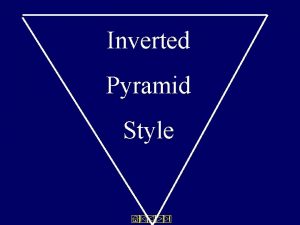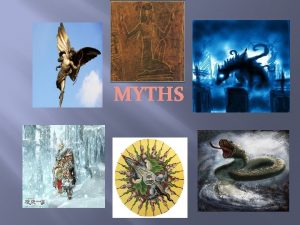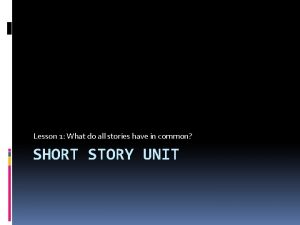What are characters All stories have characters who


















- Slides: 18


What are characters? All stories have characters who are affected by the plot or setting of a story. They can be. . . animals people or even been human qualities taken from http: //www. clipart. com things that have given taken from http: //www. clipart. com


Who are the characters in Lion King? Or Who are characters in your favorite animated movie? (Disney/Pixar) ■ 30 Second Turn-N-Talk. Write them on your sheet of paper.

Type of Characters ■Round/Dynamic ■Flat/Static

Other characteristics of round characters Display many different aspects to his or her character and can't be described in a few phrases or sentences usually main character(s) Main characters usually round characters Also known as dynamic characters Often have hidden qualities that surprise the reader Usually go through a noticeable change from the beginning of the story to the end taken from http: //www. clipart. com

minor character(s) ) Flat characters are considered "flat" because * Their personalities never fully develop taken from http: //www. clipart. com * The purpose of flat characters is to highlight the development of round characters

Characterized by an easily identifiable single dominant trait such as "honest" Completely predictable and remain same throughout story Reader seldom knows about their feelings or motives Tend to be static since their personalities do not develop Things may happen to a static character, but nothing happens within the character

Lion King – Round/Flat Characters (2 min) Favorite Animated Movie – Round/Flat Characters ■ With your list determine why whether the characters are round or flat ■ Turn-n-Talk

Round/Flat characters in what we have read (turn and talk) 1. The Wallet 1. Round: 2. Flat: 2. “ 7 th Grade” By Gary Soto 1. Round: 2. Flat:

Round/Flat characters in what we have read. 1. The Wallet 1. Round: The girl 2. Flat: The Grandmother, the person who had the wallet

Characterization ■ Characterization is the method used by the author to make a character come alive in a story or to reveal the character's personality. ■ Two types – Indirect – Direct

Direct Characterization ■ Direct characterization is the method in which the author directly states what a character is like Example: "Mr. Thomas is a very grumpy person when he first gets up in the morning until he gets a cup of coffee. " taken from http: //www. clipart. com

Indirect Characterization ■ The method in which the author shows or dramatizes a character's personality indirectly by * Showing the character acting and speaking * Revealing the character's inner thoughts * Revealing what other characters think about the character or relate to him or her ■ The author allows you, the reader, to draw your own conclusions about the character.

STEAL – Indirect Characterization Acronym ■ Speech : How does the character speak/What does the author say? ■ Thoughts: What do the characters thoughts reveal? How do they think? ■ Effects on others: how does the character affect other people? ■ Action: how does the character react or interact with one another? ■ Looks: How does the character express him or herself? How do him or her dress?

Indirect Characterization Example: Mr. Thomas, could barely open his eyes when he heard his alarm. On his way to work he screams at the traffic because it was so congested. I am never going to get through this day, thought Mr. Thomas. When he gets to work he grabs a cup of coffee and a donut. When his employees come in he greets them with a smile and a jolly “good morning!”

Read the following examples of characterization. (ROLE PLAY) Decide which one is an example of direct characterization and which one is an example of indirect characterization. Move each box to see if you are right. A. Direct The author comes right out and tells you that Jamie is a very cheerful, happy person. B. Indirect We can tell that Jamie is a happy, cheerful person because the author tells you that Ashley begins to smile even before Jamie gets near her. She also says that everyone smiles or laughs when Jamie joins them and tells Thomas that if she were unhappy, she would try to find Jamie. A) Ava is one of those people who is constantly cheerful. Her eyes twinkle and a smile is always on her face. She is always bubbling over with happiness and laughing, and she makes everyone around her happy too. ( (B) Gabby watched Ava from across the cafeteria. She began to smile as she watched Ava walk in her direction. She moved aside as. Ava walked past her. Just look how everyone smiles and laughs when Ava comes near them or joins their group, ” Gabby whispered to Brady. “Her personality stands out in a room. If I were unhappy, I would try to find Ava!”

Example from The Wallet Direct or indirect? ■ 1. “Oh, good God! This is the money for the orphanage! Now we can bring the children puppies for Christmas! It’s a miracle!” – the woman who lost the wallet. ■ 2. Describe her personality in one word______ ■ 3. From warm-up last week, what part of STEAL could characterize Max’s being upset or angry?
 Antigentest åre
Antigentest åre All stories have
All stories have Name all rays
Name all rays What shape has 6 faces, 12 edges and 8 vertices
What shape has 6 faces, 12 edges and 8 vertices What is a dynamic character
What is a dynamic character Characters from peter pan
Characters from peter pan All the characters in little red riding hood
All the characters in little red riding hood All quiet on the western front epigraph
All quiet on the western front epigraph Kipling jungle book characters
Kipling jungle book characters Different types characters
Different types characters A narrative must have characters
A narrative must have characters Where have you gone charming billy essay
Where have you gone charming billy essay Help ever hurt never
Help ever hurt never Interventi sociali rivolti all'infanzia e all'adolescenza
Interventi sociali rivolti all'infanzia e all'adolescenza Above all powers
Above all powers I work all night i work all day to pay the bills
I work all night i work all day to pay the bills Communication operations
Communication operations Sistem all in all out
Sistem all in all out V. cubiti mediana
V. cubiti mediana

